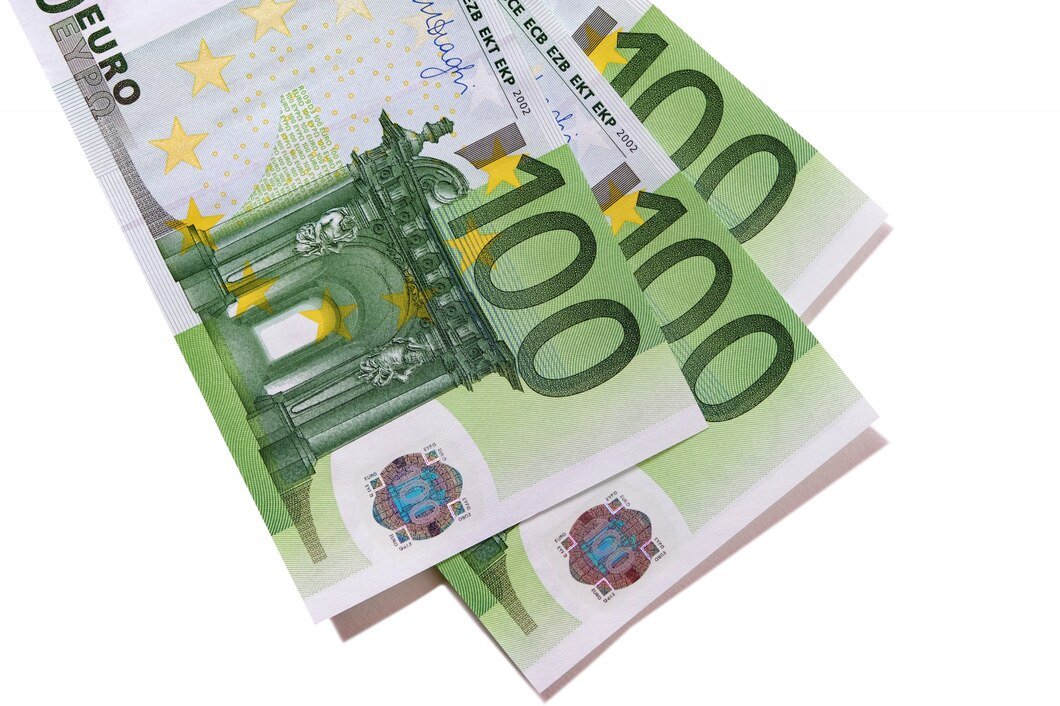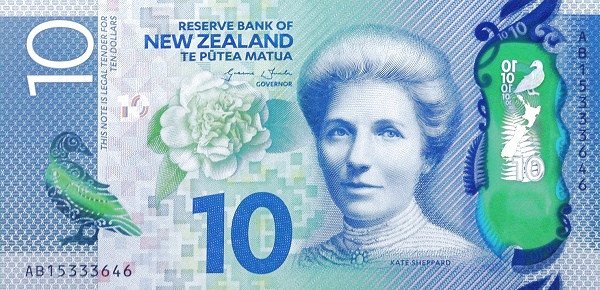Australian Dollar Declines Amid Market Caution Ahead of US Nonfarm Payrolls
The Australian Dollar (AUD) weakens as traders exercise caution ahead of the US Nonfarm Payrolls (NFP) report, with market sentiment remaining subdued. Despite a stronger-than-expected Q4 GDP growth and a rising trade surplus, AUD/USD struggles due to ongoing trade uncertainties, geopolitical tensions, and concerns over slowing global economic momentum. While the US Dollar (USD) is stable, backed by a decline in jobless claims, but mixed employment statistics and Federal Reserve policy ambiguity keep the market nervous. Technicals show AUD/USD testing critical support levels, with a risk of downside if the pair goes below the 50-day EMA. Investors now wait for the NFP data to decide the direction of the market. KEY LOOKOUTS • February’s NFP figure, due at 160K, is something traders look forward to, as it may impact USD strength and continue to weigh on AUD/USD. • An improving trade surplus and shrinking imports influence sentiment in the markets, with Chinese economic policy and geopolitical uncertainty acting as a burden on the Australian Dollar. • The Reserve Bank of Australia’s position on growth and inflation is still of great importance, with possible policy change affecting AUD direction. • AUD/USD tests the 50-day EMA at 0.6309; a break below it may trigger more falls, with major support at 0.6187. The Australian Dollar continues to weaken as investors go cautious before the US Nonfarm Payrolls (NFP) release, which is anticipated to report a rebound in job creation to 160K. While Australia’s better-than-anticipated GDP growth and growing trade surplus are not enough to overcome global trade risks and tensions with China, AUD/USD lags, with geopolitical tensions in focus. The Reserve Bank of Australia’s policy outlook remains under the spotlight, with possible changes affecting investor sentiment. Technical indicators indicate AUD/USD testing crucial support on the 50-day EMA at 0.6309, while breaking below that level could initiate further losses towards 0.6187. The Australian Dollar loses strength with investors cautious in anticipation of the US Nonfarm Payrolls (NFP) release, influencing market sentiment. Ongoing trade uncertainties and geopolitical tensions push AUD/USD despite robust Australian GDP growth. Technical support at 0.6309 continues to be important, and a breakdown beneath hints at further potential for losses. • The Australian Dollar loses ground as investors hold back in anticipation of the US Nonfarm Payrolls (NFP) release, which is forecasted to record job growth at 160K. • US Dollar remains strong underpinned by diminished jobless claims, though mixed employment information contributes to market uncertainty. • An increase in China’s trade surplus and weakening imports affects global trade flows, which has an impact on AUD/USD movement. • US/China tensions, as well as trade policy uncertainty, put pressure on the Australian Dollar. • Investors monitor the Reserve Bank of Australia’s attitude toward inflation and economic growth for signs of policy changes. • AUD/USD probes important support at 0.6309 (50-day EMA), with additional downside potential if this level is broken. • The NFP release will be a strong driver for USD strength or weakness, determining the next direction for AUD/USD. The Australian Dollar continues to be under selling pressure as the market players remain cautious before the US Nonfarm Payrolls (NFP) release, an important gauge of the strength of the US labor market. The market players are keeping a close eye on international trade trends, especially China’s increasing trade surplus and falling imports, which have implications for Australia’s export-oriented economy. In the meantime, geopolitical tensions are still influencing market sentiment, with doubt about US trade policy and potential Chinese reaction piling onto economic worries. The Reserve Bank of Australia (RBA) has stuck with its forecast for economic growth to slow down, and although Australian GDP revealed stronger-than-anticipated growth in Q4 2024, general economic uncertainties are leaving investors cautious. AUD/USD Daily Price Chart Chart Source: TradingView In the US, sentiment remains mixed as economic data paint a contradictory picture of growth and stability. While claims for unemployment decreased, other measures of employment, including the ADP Employment Change, fell considerably short of projections, casting doubts on the labor market’s strength. Moreover, expectations regarding Federal Reserve policy change are increasing as analysts argue about whether the Fed will focus more on curbing economic momentum rather than inflation issues. The next NFP report should give more clarity, and the market sentiment as well as investor strategy in the near term would be influenced by that. TECHNICAL ANALYSIS The Australian Dollar (AUD/USD) is trading in a newly established rising channel, reflecting a possible bullish inclination in spite of recent downward pressure. The pair is presently trading around the 50-day Exponential Moving Average (EMA) level of 0.6309, which is an important support level and could be the next point of direction. If this level is sustained, AUD/USD might try and challenge the initial resistance at 0.6408, the three-month high on February 21. A breakdown below this support, however, may allow lower levels, with the next significant support at 0.6187, the four-week low of March 5. The Relative Strength Index (RSI) is still above 50, which indicates that demand continues, but market reservation in anticipation of the US Nonfarm Payrolls (NFP) report may keep aggressive moves in either direction under check. FORECAST AUD/USD may witness a rise, especially if the US Nonfarm Payrolls (NFP) release is disappointing and weakens the US Dollar. A disappointing NFP print, which would be weaker than anticipated, might raise speculation of Federal Reserve rate cuts, thus supporting risk assets such as the Australian Dollar. Moreover, any encouraging news in China’s economic policies, like additional stimulus packages or improved trade performance, might favor AUD’s rebound. If the bullish pressure intensifies, the pair could try to push above the major resistance level of 0.6408, with a subsequent move towards 0.6440 if global risk appetite continues to improve. On the other hand, AUD/USD could be prone to further losses if the US NFP report comes in better than expected, pushing the US Dollar higher. A more robust labor market report may solidify the Federal Reserve’s hawkish position on rate cuts, driving up USD demand. Moreover, persistent trade












